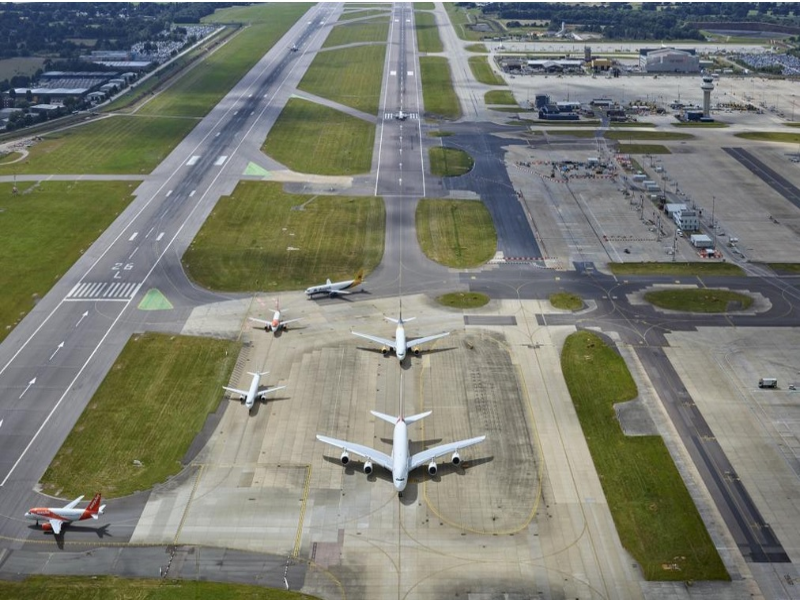
London Gatwick Airport has released its final master plan for the future and has revealed plans to routinely use an existing standby runway by mid-2020.
The master plan details how the airport will use its existing runways more effectively to meet growing demand over the next 15 years.
Three-quarters of residents in the surrounding counties of Kent, Sussex, and Surrey supported Gatwick Airport’s master plan in December last year.
According to the plan, the airport will use new technology to increase capacity and resilience on the main runway.
It will also continue to work to save land, as it has been since 2003, should a new runway be required in the long-term.
The airport claims that increasing capacity will enhance operational performance and improve the passenger experience.

US Tariffs are shifting - will you react or anticipate?
Don’t let policy changes catch you off guard. Stay proactive with real-time data and expert analysis.
By GlobalDataLondon Gatwick CEO Stewart Wingate said: “The plans would deliver additional capacity for Gatwick, which will provide choices for the future, including incrementally growing our airport to meet demand and continuing to provide solid operational performance for passengers and airlines.
“This would be the biggest private investment for the region in the coming years, which would result in significant local economic benefits, including new jobs for the area.”
The airport has also published a report on its 12-week public consultation, which was completed earlier this year.
Of the 5,000 respondents, nearly two-thirds favoured Gatwick making best use of existing runways. Over half (59%) of respondents supported the continued safeguarding of land for an additional runway, should it be required in the future.
Considering the feedback, the airport will no longer actively pursue plans for an additional runway and will instead submit a planning application to bring the standby runway into routine use.
The UK’s Department for Transport (DfT) recently approved around £150m in funding for the modernisation of Gatwick Airport train station.



